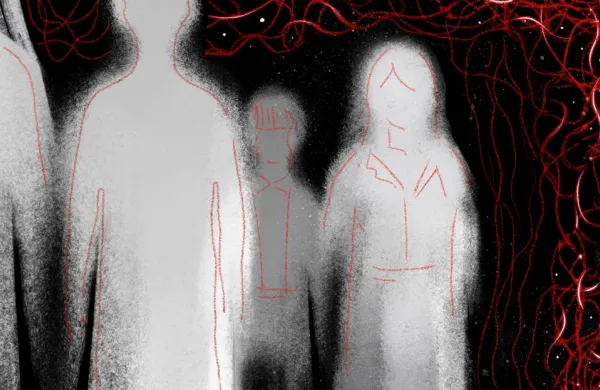Bentonville, the small Arkansas town where Wal-Mart Stores is based, has long been recognized as the epicenter of American discount retailing. More recently, it can also claim to be a mecca of American art thanks to the generosity of Sam Walton’s offspring, especially his daughter, Alice.
In the four years since the Crystal Bridges Museum of American Art opened, it has drawn almost 2 million visitors — some 50 times the population of Bentonville. For the most part, they come from northwest Arkansas, eastern Oklahoma and southern Missouri, a few hours’ drive from Bentonville. “Many of them are people who are reticent about visiting museums because they feel they don’t know enough about art,” says Rod Bigelow, executive director of Crystal Bridges. But they are quickly won over by the museum’s determination “to help people understand the American spirit through the eyes of American artists,” he adds.
The core of the museum’s 2,290 artworks came from Alice Walton’s own collection. She also footed the $320 million bill for the museum’s construction and continues to help the curators choose new acquisitions, which are largely paid for by herself and the Walton Family Foundation. Altogether the Waltons have contributed $800 million to the museum’s endowment to cover operating expenses, capital improvements and new acquisitions.
Initially, critics in New York and other Eastern art-establishment centers decried the use of Walton checkbooks to transfer American masterworks to a perceived cultural wasteland like Bentonville. In 2005, for example, when Crystal Bridges was still in the planning stage, Alice Walton paid a reported $35 million to the New York Public Library for Kindred Spirits by Asher Durand, a leading painter of the Hudson River School. Then–New York Times art critic Michael Kimmelman likened the sale to the demolition of the original Penn Station.
But it’s impossible to miss the enthusiasm of the crowds wandering through Crystal Bridges. The collection spans Colonial times to the current era, including works by Thomas Cole, Frederic Edwin Church, Winslow Homer, George Bellows, Marsden Hartley, Jackson Pollock, Andy Warhol and Jasper Johns, as well as many others.
Among the crowd favorites is Norman Rockwell’s Rosie the Riveter, the 1943 portrait of a muscle-flexing laborer that extolled the role of American women on the home front during World War II. “Clearly, it’s one of the most iconic works we have,” Bigelow says. It is exhibited next to Janet Sobel’s Hiroshima, a 1948 abstract rendering of the atomic explosion that ended the war in the Pacific. “Pairing them opens a dialogue about war propaganda and reality,” explains the director.
For many visitors the half mile walk from downtown Bentonville to the museum is almost as enticing as the art collection itself. The path winds through the Ozarks woods, past whimsical animal sculptures, including a large pig and tortoise, and onto a bridge over the waters of Crystal Springs, from which the museum draws its name. Designed by renowned Israeli-American architect Moshe Safdie, the museum consists of eight linked pavilions, the two main ones built over two ponds fed by the springs. The museum is 217,000 square feet — about the size of a large Walmart Supercenter.
For Alice Walton, 65, the museum is both a vindication of her eye for art and partial amends for an errant life. Ranked by Forbes as the 11th-richest American, with a $39 billion fortune, she worked without much distinction as an equity analyst, broker and investment banker. She was arrested multiple times for drunken driving. In an unrelated incident, Walton was at the wheel in 1989 when she struck and killed a 50-year-old woman in Fayetteville, Arkansas. No charges were filed.
As her museum neared completion in 2011, Walton explained her motivations for the project. “For years I’ve been thinking about what we could do as a family that could really make a difference in this part of the world,” she told the New York Times. “I thought this is something we desperately need, and what a difference it would have made were it here when I was growing up.”
See also "The Wal-Mart Empire Strikes Back."






